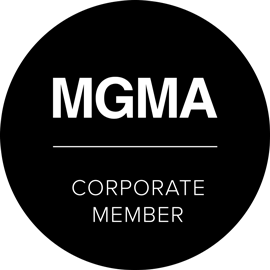Most medical offices and clinics have a mix of older employees who my have been with the practice for years, and younger employees who are new to the practice and may be new to the workplace or the field of medicine or both. Both generations have much to offer and can learn from each other, but getting your staff to bridge the generation gap can be fraught with missteps and misunderstandings.
Medical office managers can guide their staffs across the bridge successfully by encouraging and modeling behavior you want to see on both ends of the generational divide. Make it a practice to recognize and validate helpful suggestions and contributions made by staff members from both generations. Many misunderstandings can be avoided if all staff members have a clear understanding of your expectations and office protocol. Be clear in defining each staff member’s duties, reporting responsibilities and the office chain of command.
Use the following additional tips to help your medical office staff bridge the generation gap:
Communication. Differences in communication styles and preferences can create friction. Older employees may be most comfortable with agendas, meetings and written guidelines. They see value in meeting face-to-face and hashing out solutions.
Younger employees may be more comfortable with brief, informal interactions, preferring online communication. They are likely to prefer searchable computer guides and may respond best to self-directed video training.
There is room for both styles of communication. Offer both written and online instruction and procedural guides and allow your employees to choose the tools they prefer.
You might also consider relegating notices and information to online distribution, saving meetings for discussion of larger issues. During meetings have your medical answering service pick up the phones so all can participate without interruption.
To be continued





